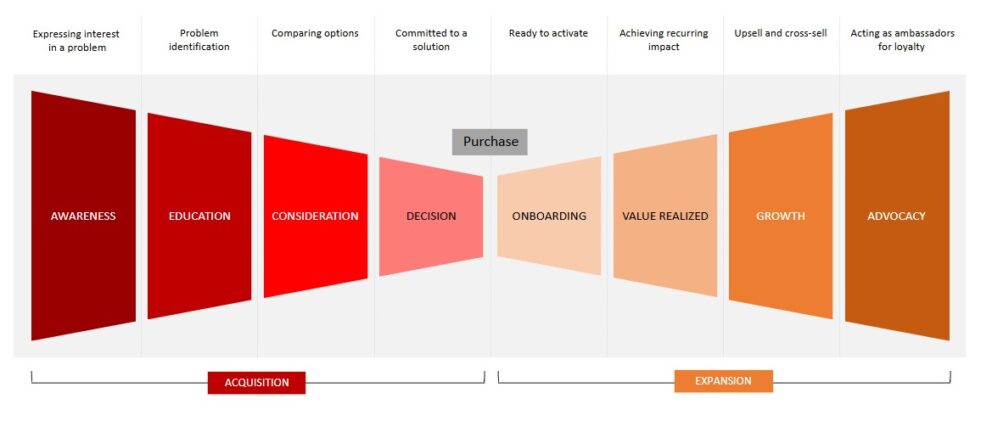Building Your Ideal Customer Profile with Data

By Brittany Lieu, Marketing Consultant at Heinz Marketing
How do you sell if you don’t know who you’re selling to?
To truly answer this question, many adept B2B marketers know they must avoid a ‘lazy ICP’ and know the value in developing a robust ideal customer profile.
Validating Your ICP with Data
Indisputably the first foundational step in building a predictable and profitable pipeline is validating the perfect-fit company that your organization serves and solves for. Your ideal customer profile definition should not only be clear and commonly agreed upon across your teams, but should also be objective and anchored in customer data.
The keyword there is data. Irrefutable and revealing, data will ensure your ICP is representative not of a fictitious ideal customer but your actual high-value buyers. A useful ICP is a strategic document that takes more than just an internal brainstorm session. It will inevitably guide key efforts down the line and therefore should include thoughtful analysis.
Putting in the Research
So what data and insights should you be analyzing?
- Qualitative data
- Quantitative data
- Predictive data
Qualitative Analysis
According to Gartner, “gathering qualitative inputs is done through close interaction with key stakeholders to leverage their diverse expertise and foster cross-functional buy-in.” The ultimate goal in gathering qualitative data is to uncover what constitutes an ideal account or lead. Often times, organizations will conduct interviews or surveys with sales team leads, top sales performers, customer success and sales development team members to better understand what a “good” customer looks and sounds like.
Here are a few important questions to get answers to:
- How would you describe your ideal customer/account?
- What attributes make for an ideal customer/account?
- What are their key objectives?
- What are the key buying triggers that drive these accounts to take action?
- What type of accounts do we not sell to?
Quantitative Analysis
The present is best understood by the past. Take a look at historic data within your CRM platform to inform your current ideal customer. Where are the patterns? What are common firmographic, demographic, and behavioral attributes across your most valuable customers? Defining attributes will encompass everything from industry, vertical, company size, geography, tech stack and organizational maturity.
Some other useful metrics that will also pinpoint your ICP:
- Average sales cycle
- Lowest customer acquisition cost
- Highest customer satisfaction
- Largest number of renewals
- Most upsells and expansions
- Most referrals
Predictive Data
Combining the qualitative and quantitative insights from your research will help match the data your sales team experience and the data your CRM solution reveals. Third-party predictive analytics can also be a supplemental source of insights. Based on machine-learning, a predictive model can skim your existing leads to better inform which customers and accounts are likely to be of value. However, don’t rely on profiling tools to do the heavy lifting in creating a strong ICP.
Treat your ICP research as a means of building an action plan. Less of just an exercise and more of a road map, an ICP founded on data will be critical to helping your sales team focus on the right opportunities and ultimately drive bigger picture results. Check out related resources below for more tips on strengthening your target audience development.






